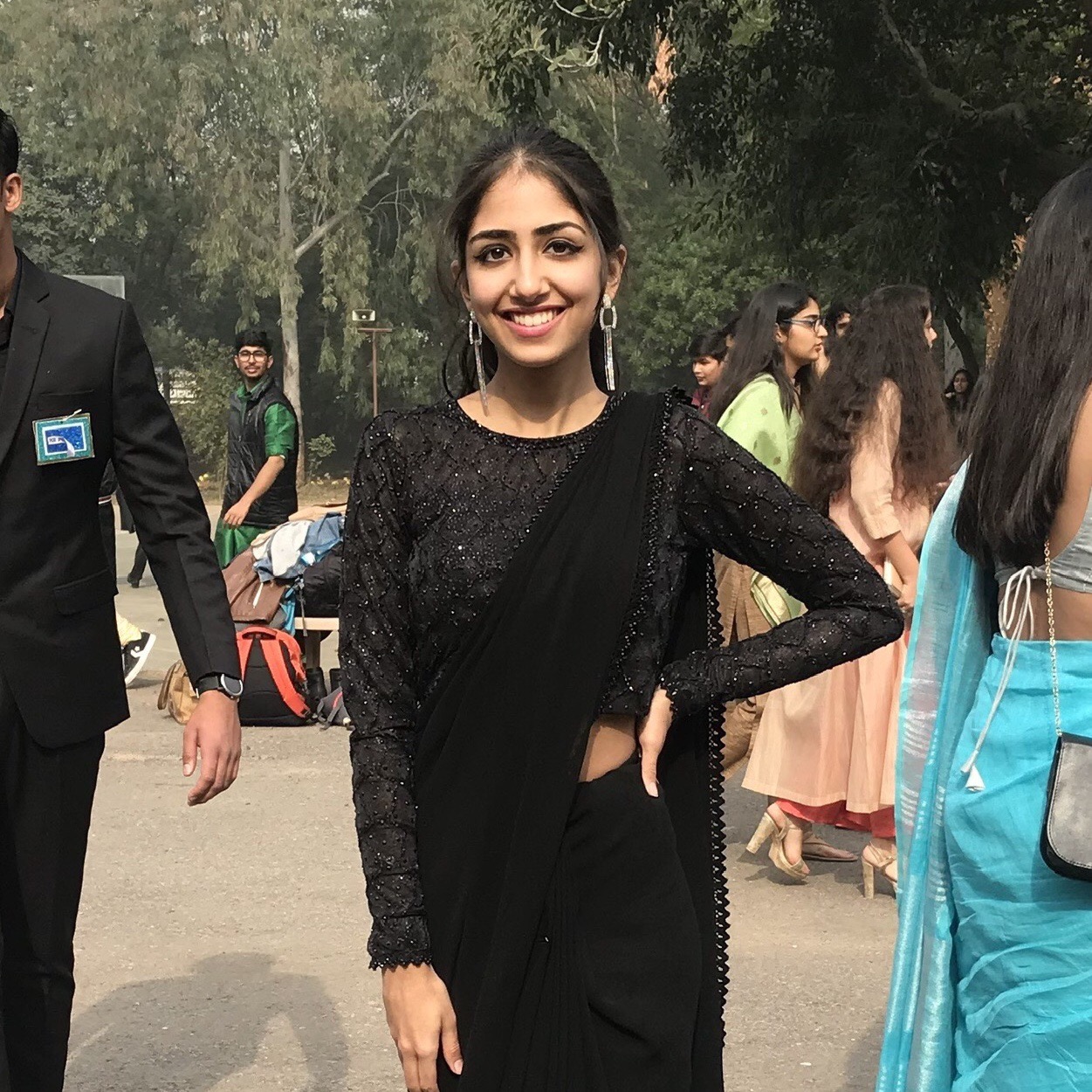MY EXPERIENCE WITH M2M
- Rashika Lungani

- Sep 5, 2020
- 3 min read
Mundane to magnificent was an incredible project that helped me understand that even simple things have a great amount of complexity to them. Something that seems mundane, has a great amount of detail that our eyes often fail to notice. I recognised how an ordinary sheet of paper can turn into something extraordinary. It made me aware about the various kinds of paper and there characteristics and I would like to use this platform to share my learning’s with others as well.

Properties and characteristics of paper
Bond paper- though quite thin, bond paper has a great deal of strength. It is a good paper for making complex objects which require a lot of folding without making them thick. Unfortunately it doesn’t work well with various colouring agents due to its thin nature
Gateway sheet- it’s translucent but thick. It was a lot of strength and thus is not easy to fold. It works great for paper cutting projects
Crepe paper- it is thin and fragile but it’s crumpled surface provides great texture that can be harnessed in many ways.
Butter paper- it is a thin paper but still quite sturdy. It is difficult to cut but gives a great effect on being burned.
Ivory sheet- thick, sturdy and reliable. Works great with all colouring agents. Difficult if used for paper cutting projects due to its thick nature.
OHP sheet- the transparent nature of the sheet provides for some creative uses. It is difficult to cut and tends to be slippery.
Kite paper- thin and fragile. It’s translucent nature sets the stage for some great effects. Works great for paper weaving
Corrugated sheet- extremely sturdy and perfect for 3D models that require a strong base.
Pastel sheet- the perfect “go to paper “ for everyone. Works great for burning, paper cutting, quilling, 3D models and suitable for all colour mediums.
Newspaper- the first project made me realise that though it’s a thin paper it’s properties can be enhanced by proper use of shapes and techniques. It Gives great results when burned.

Safety precautions
A. Paper cutting
Always use a metal scale.
Never keep ur hand in the way of the paper cutter. Always place it on top of the scale.
Use sharp blades for cutting
Always keep a first aid kit nearby in case of emergency

B. Burning paper
Always do this in the open. Don’t burn paper in a closed space.
Keep all flammable materials away
Keep a fire extinguisher near by
Use incense sticks for a more controlled burning

C. Adhesives
Be careful while using strong adhesives like elfi. Avoid getting them on the skin
If some adhesive is stuck on the skin, use acetone to remove it
Don’t use too much of any liquid adhesives as they can lead to textures on the paper and ruin the artwork

Glossary


Conclusion
This was one of my favourite projects. As someone who has always loved working with my hands I was never a fan of the exam based system of learning that involved road memory. Unlike my earlier experience with learning I enjoy this hands on approach a lot more. I can engage all my sense and learn while gaining experiencing. From the first day I was very much engaged in the project due my obsession with 3d models and thinking out of the box. The new tasks everyday kept my interest high. It was a completely work based project. It felt great to use paper, not for writing but for for creating something new and exciting. Paper is one of the more basic materials. This project helped me understand the various aspects of paper that would enable me to choose the right paper during various projects in future. I have come out of this project with an increased understanding of this mundane raw material as well as a knowledge on how to turn it magnificent.





Comments